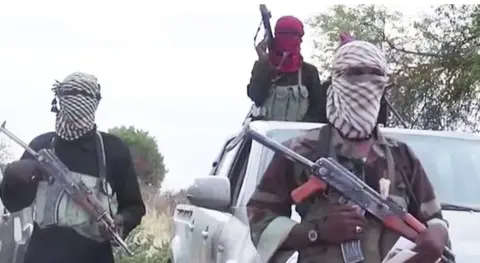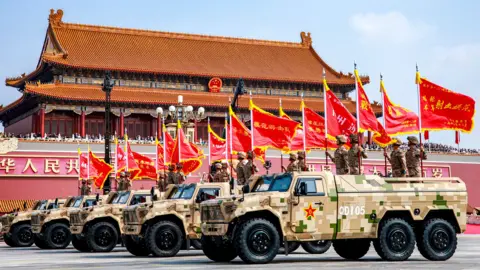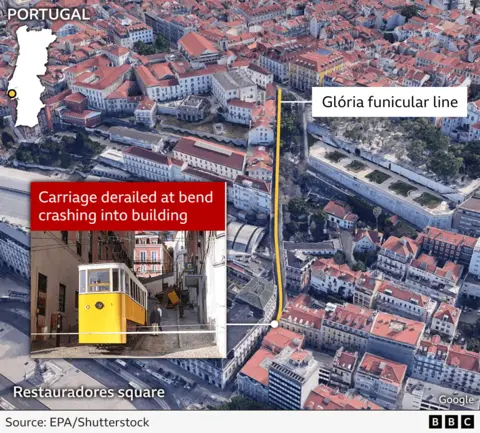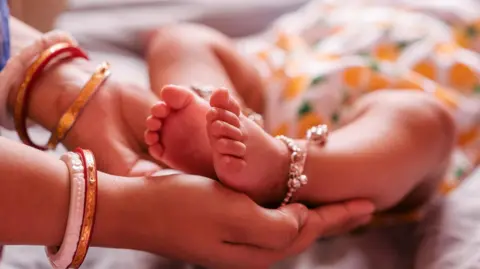The assault on April 22 turned the serene valley, known for its stunning vistas and hospitality, into a scene of sorrow and fear, propelling Kashmir into the international spotlight. Amid escalating tensions between India and Pakistan, with each country blaming the other for the violence, Pahalgam's local residents are left to assess the impact on their livelihoods and mental health. Shopkeeper Fayyaz Ahmad reflects on the swift decline of visitors and the uncertainty that looms, emphasizing the region's historical hospitality towards tourists, which had drawn millions before the attack.
Efforts to revitalize the area have commenced, led by local leaders like Chief Minister Omar Abdullah, who seeks to assure tourists of their safety. Visitations have started to resume, though many businesses remain shuttered, and community members grapple with collective trauma and loss. The return of tourists, particularly during the ongoing Amarnath Yatra pilgrimage, offers a glimmer of hope, as residents reminisce about the days when their valley was bustling with visitors.
However, the region's scars remain fresh, as individuals like Abdul Wahid Wani, a local pony handler who witnessed the attack, are left to navigate their recovery while harboring fears about future violence. The resilience, though palpable, is marred by a lingering sense of vulnerability, with locals cautiously optimistic as they rely on the beauty of their homeland to slowly mend wounds left by brutality and despair.
Despite uncertainty, the beauty of Pahalgam endures; families visiting the scenic locale express their delight in its landscapes and vow to encourage others to discover its peace. The delicate balance of mourning and hope reflects the complex narrative of Kashmir—a place where the brutality of violence juxtaposes sharply with the enduring spirit of its people and the breathtaking beauty of its environment.
Efforts to revitalize the area have commenced, led by local leaders like Chief Minister Omar Abdullah, who seeks to assure tourists of their safety. Visitations have started to resume, though many businesses remain shuttered, and community members grapple with collective trauma and loss. The return of tourists, particularly during the ongoing Amarnath Yatra pilgrimage, offers a glimmer of hope, as residents reminisce about the days when their valley was bustling with visitors.
However, the region's scars remain fresh, as individuals like Abdul Wahid Wani, a local pony handler who witnessed the attack, are left to navigate their recovery while harboring fears about future violence. The resilience, though palpable, is marred by a lingering sense of vulnerability, with locals cautiously optimistic as they rely on the beauty of their homeland to slowly mend wounds left by brutality and despair.
Despite uncertainty, the beauty of Pahalgam endures; families visiting the scenic locale express their delight in its landscapes and vow to encourage others to discover its peace. The delicate balance of mourning and hope reflects the complex narrative of Kashmir—a place where the brutality of violence juxtaposes sharply with the enduring spirit of its people and the breathtaking beauty of its environment.




















